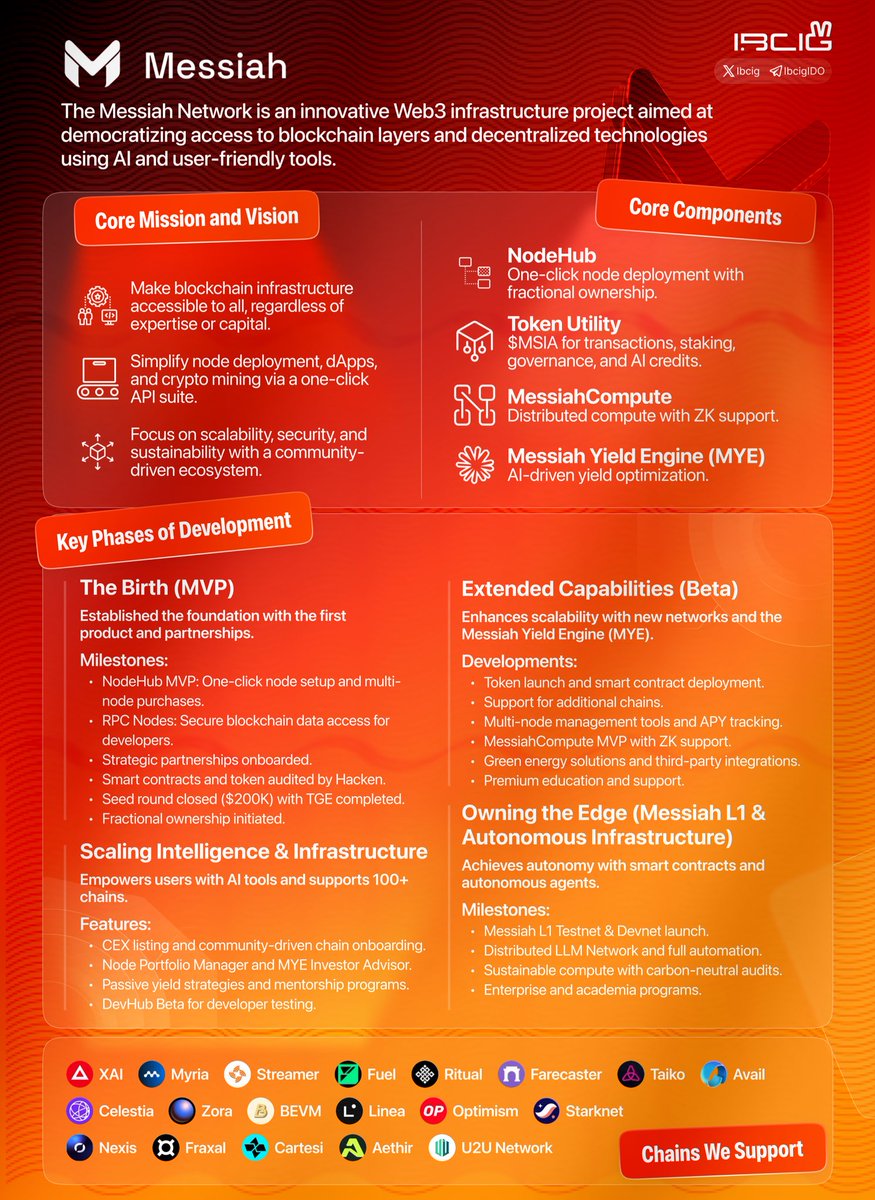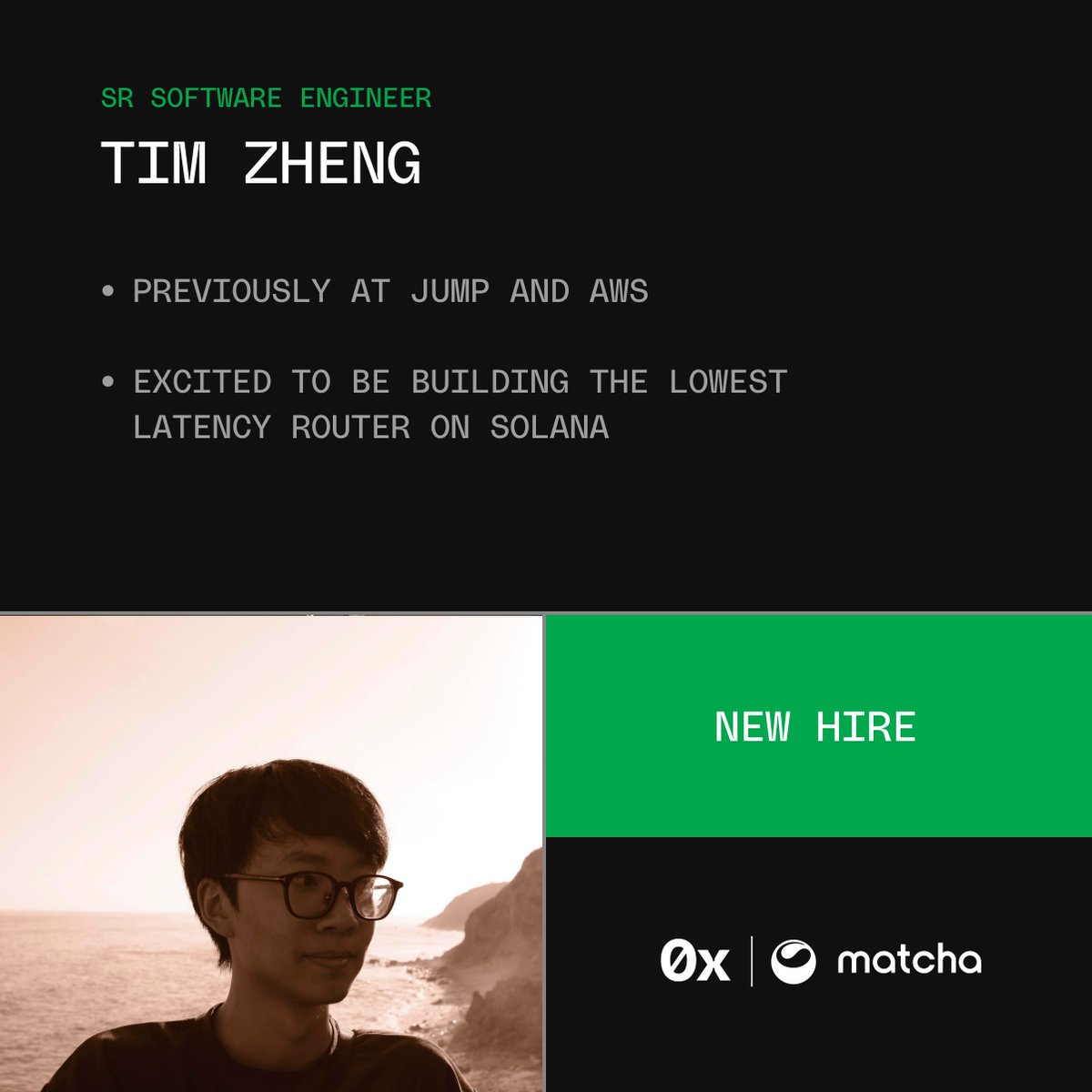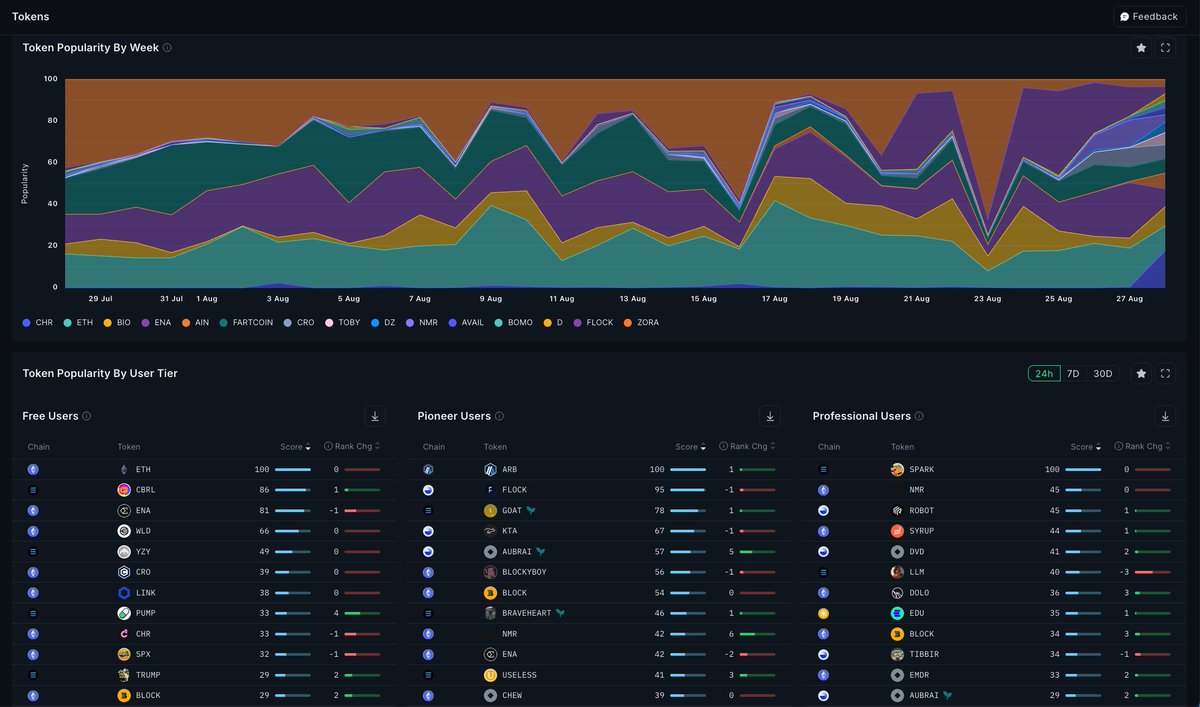Pris för 0x
i AED

Om 0x

Friskrivningsklausul
OKX tillhandahåller inga rekommendationer om investeringar eller tillgångar. Du bör noga överväga om handel eller innehav av digitala tillgångar är lämpligt för dig, med tanke på din ekonomiska situation. Vänligen rådfråga en juridisk-/skatte-/investeringsrådgivare för frågor om just dina specifika omständigheter. För mer information, vänligen se våra Användarvillkor och Riskvarning. Genom att använda tredjepartswebbplatsen (”third-party website/TPW”) godkänner du att all användning av TPW kommer att omfattas av och regleras av villkoren i TPW. Om inte annat uttryckligen anges skriftligen är OKX och dess dotterbolag ( OKX ) inte på något sätt associerade med ägaren eller operatören av TPW. Du samtycker till att OKX inte är ansvarigt eller skyldigt för någon förlust, skada eller andra konsekvenser som uppstår på grund av din användning av TPW. Vänligen observera om att användning av en TPW kan resultera i förlust eller minskning av dina tillgångar. Produkten kanske inte är tillgänglig i alla jurisdiktioner.
Prisresultat för 0x
0x på sociala medier



Guider

Skapa ett kostnadsfritt OKX-konto.
Finansiera ditt konto.
Välj din krypto.
Vanliga frågor för 0x
Ta en närmare titt på 0x
0x (ZRX) är en decentraliserad digital valuta som utnyttjar blockkedjeteknik för att säkra transaktioner.
Varför investera i 0x ZRX?
Som en decentraliserad valuta, fri från både statlig och finansinstitutioners kontroll, är 0x definitivt ett alternativ till traditionella fiat-valutor. Men att investera i, handla och köpa 0x kan också vara komplicerat och volatilt. Så det är viktigt att du gör grundlig efterforskning och har en hög riskmedvetenhet innan du investerar. Mer information om 0x (ZRX) och dess priser hittar du här på OKX idag.
Hur köper och lagrar man ZRX?
För att köpa och lagra ZRX kan du köpa den på en kryptovalutabörs eller via en peer-to-peer-marknadsplats. När du har köpt ZRX är det viktigt att förvara den säkert i en kryptoplånbok. Det finns två typer av kryptoplånböcker: Heta plånböcker (mjukvarubaserade, förvaras på dina fysiska enheter) och kalla plånböcker (hårdvarubaserade, förvaras offline)
ESG-upplysning






































